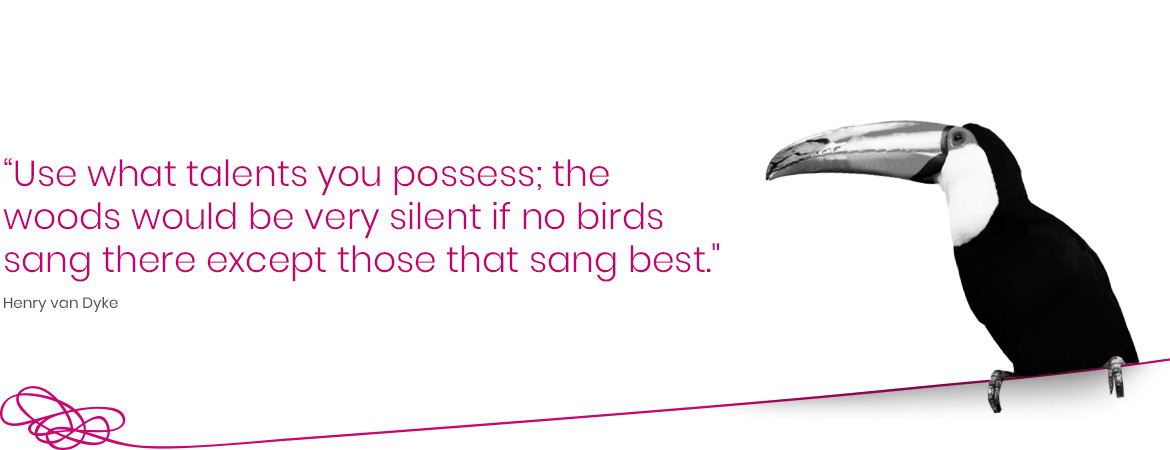Is it possible to be too nice? I am lucky enough to work with some really nice people but sometimes wonder if it is a trait that some people take too far. Take Peter – he’s a very successful senior manager on the brink of joining the executive ranks of his organisation. He delivers the results, has great relationships at work but his Achilles heel … well… he’s just too nice.
To Peter this is not a problem at all. He has very strong values about courtesy at work and will move heaven and earth to make sure everyone around him is happy and feathers remain unruffled. In short, he likes to be liked and probably, as a consequence, works too many hours and takes on too much. He’s a nice guy to be around.
However, from his bosses perspective, Peter’s niceness is the only question mark hovering over his further promotion. Does his niceness mean a lack of ‘grit’ and a reluctance to face into the difficult conversation or make the unpopular decision? Does he spend too much time trying to keep everyone happy? Peter in turn is adamant that his niceness doesn’t mean he can’t handle tricky situations… he just doesn’t want to do it like Genghis Khan.
So is niceness for you a handicap or a sign of an evolved leader?







